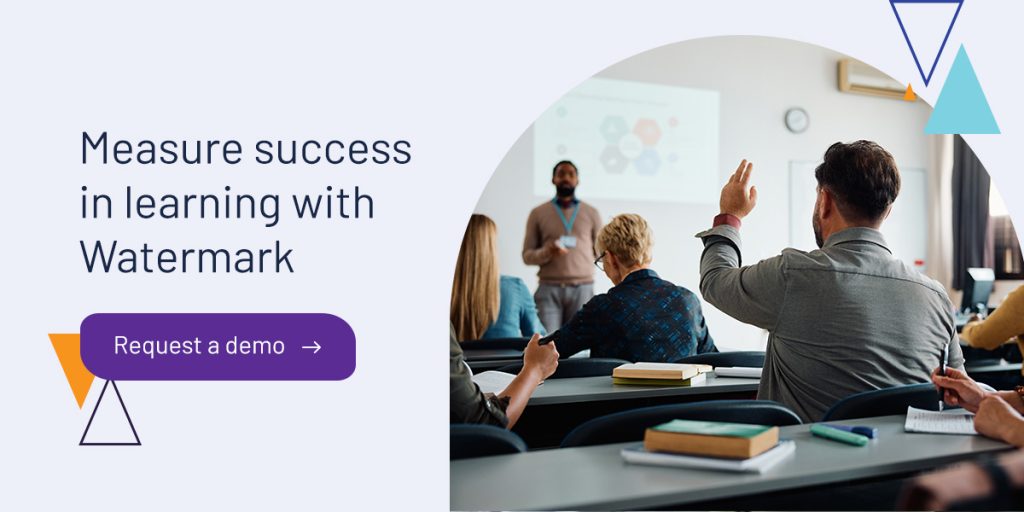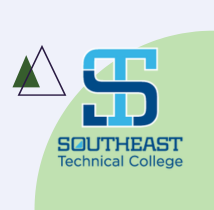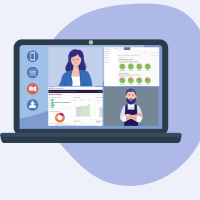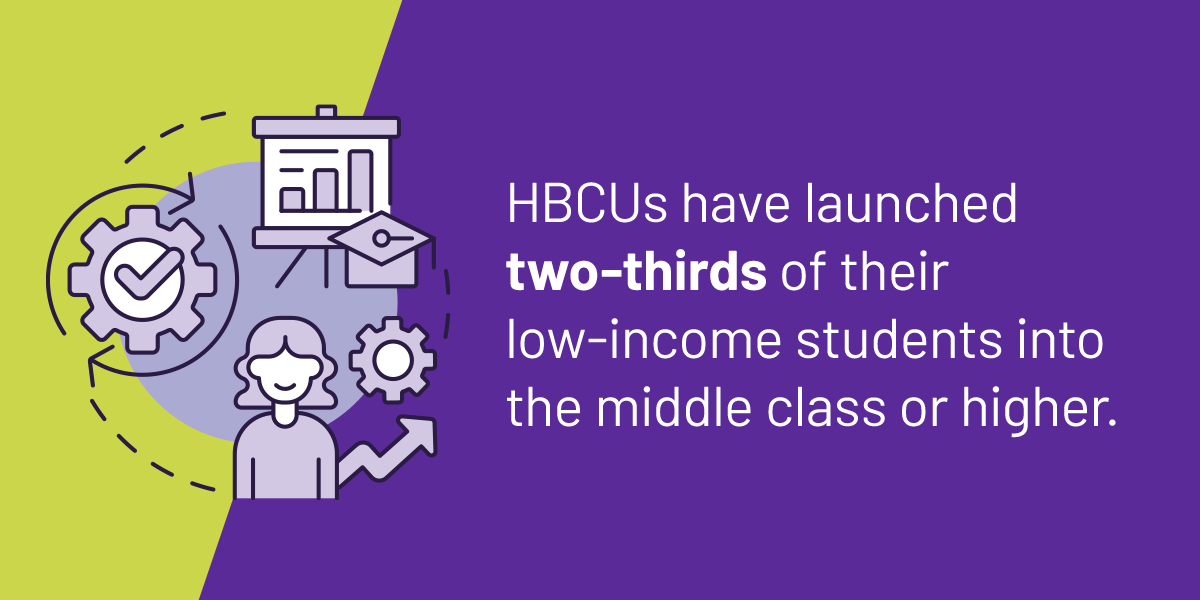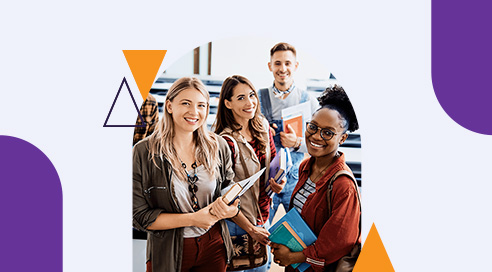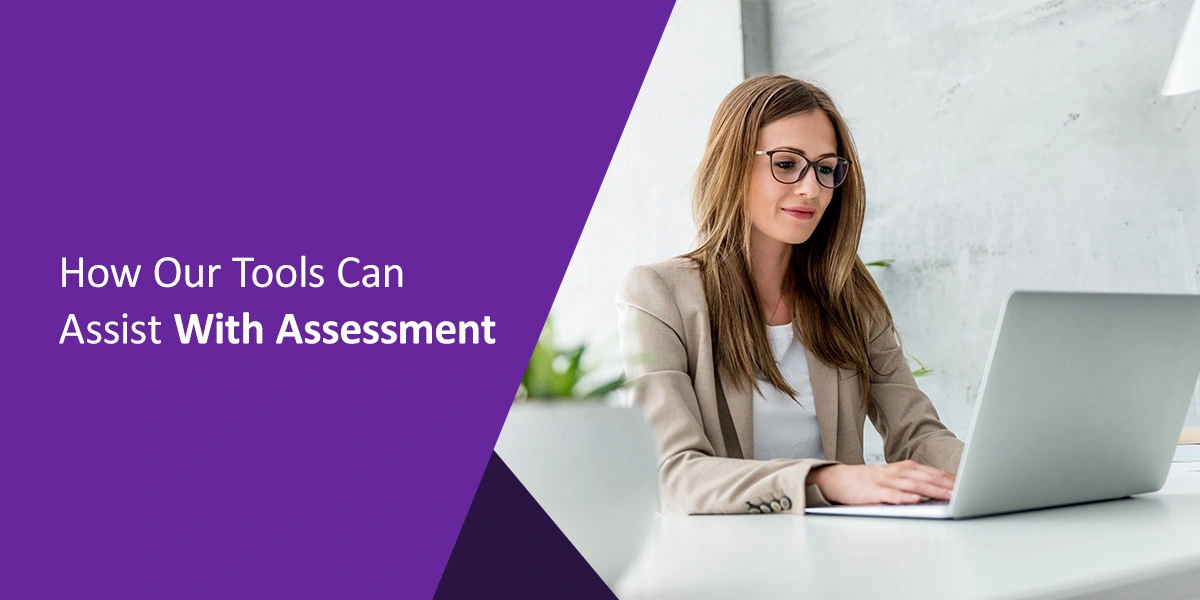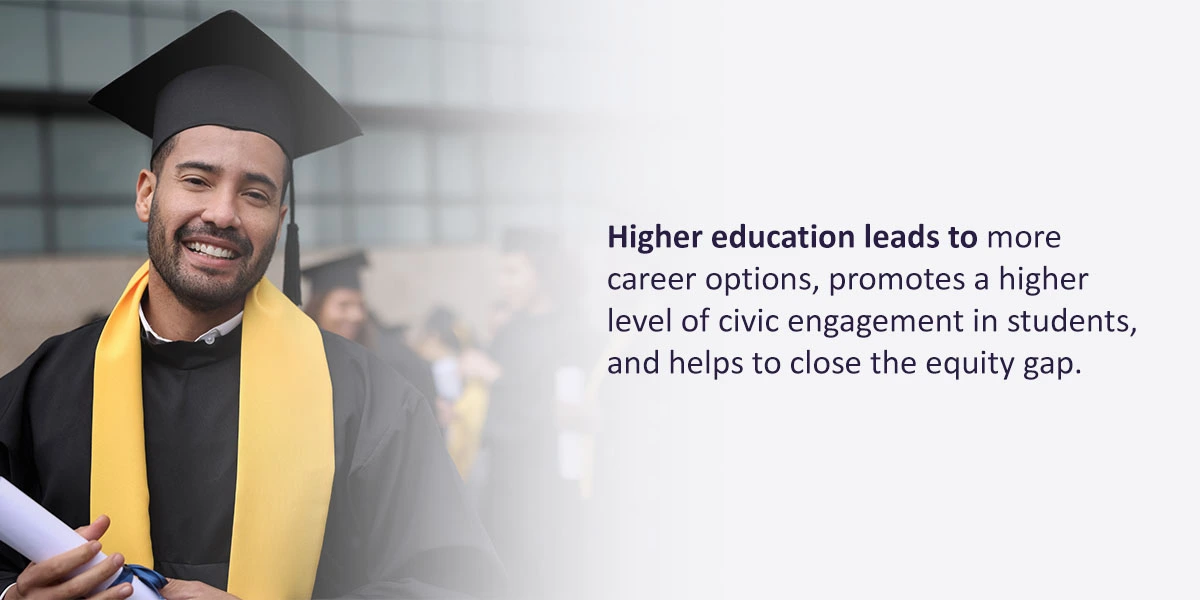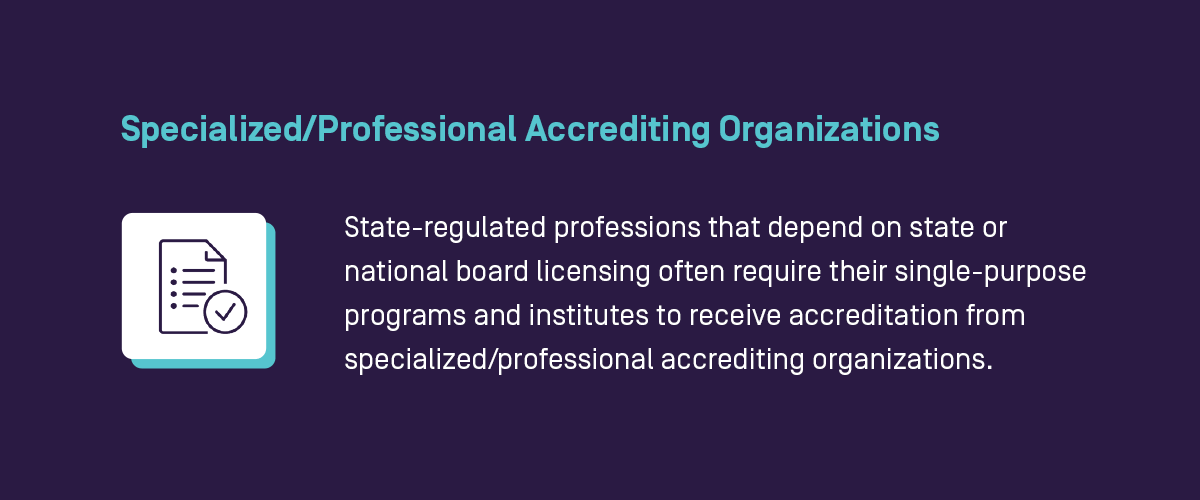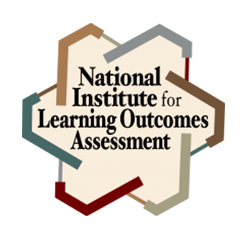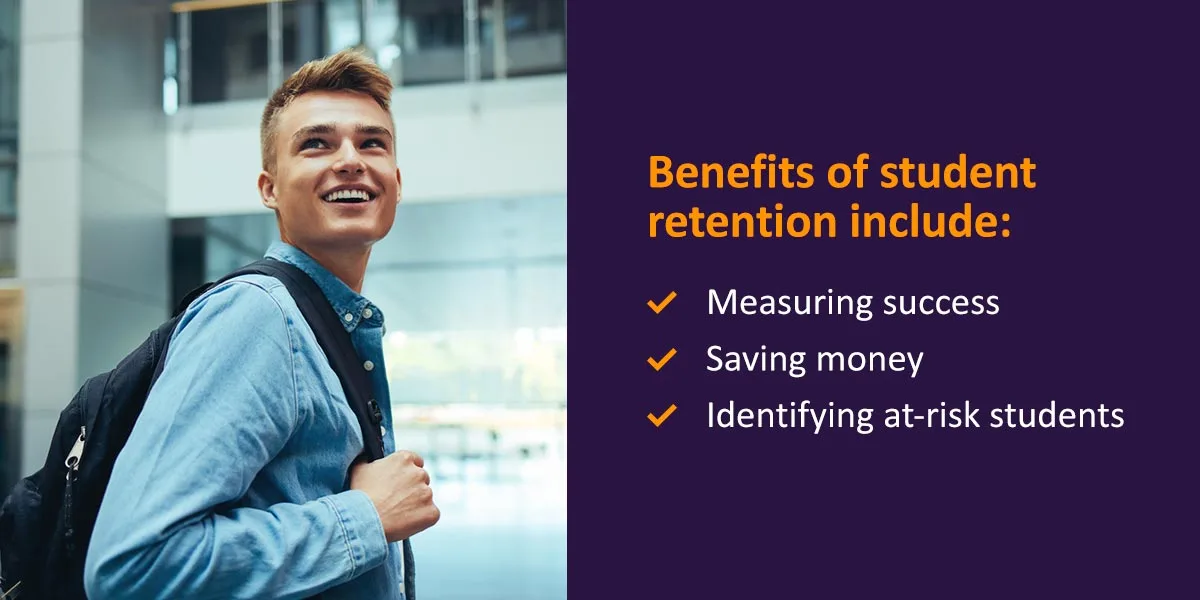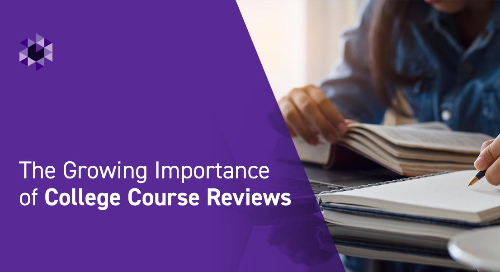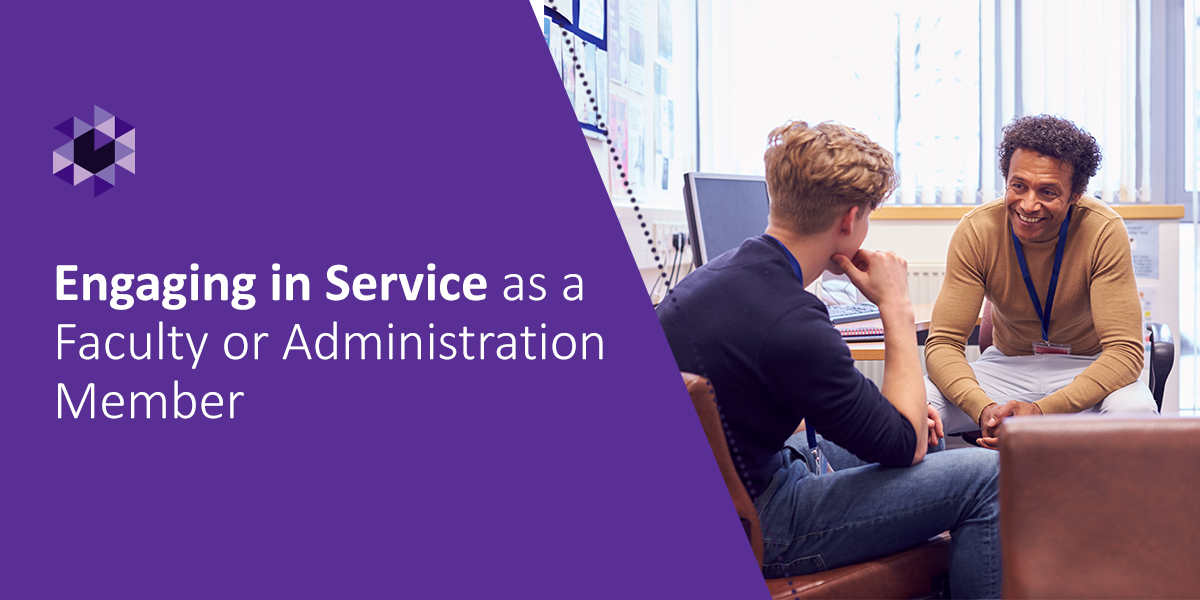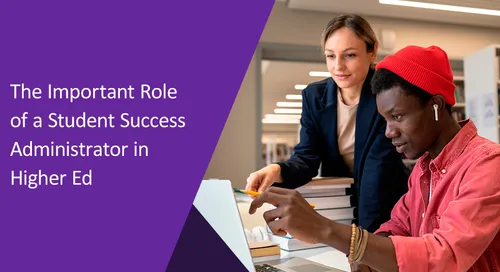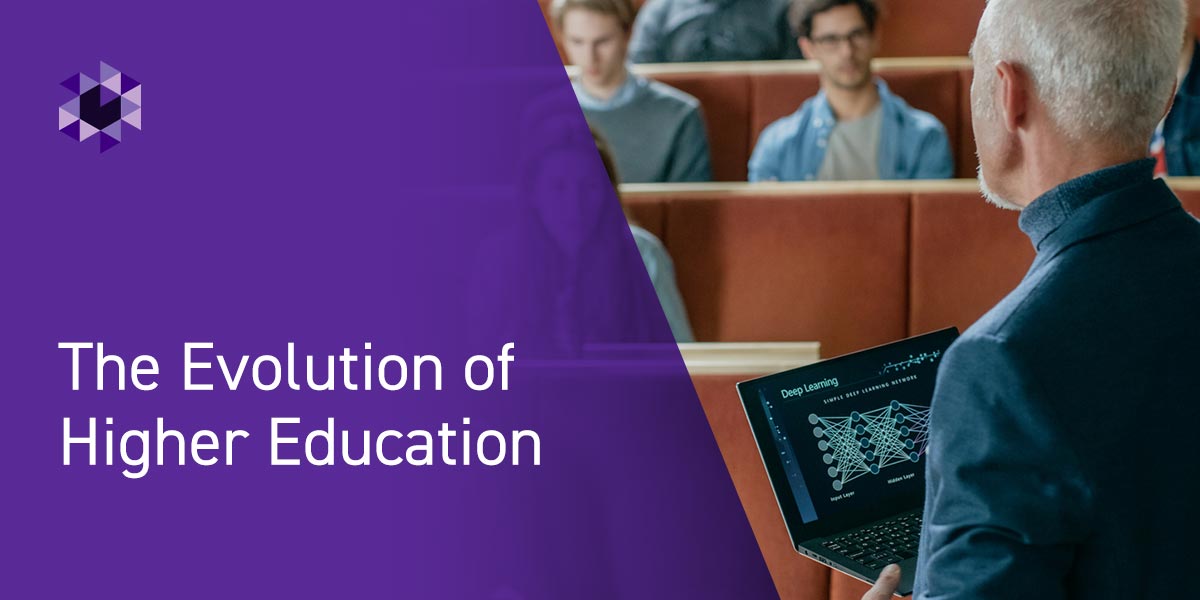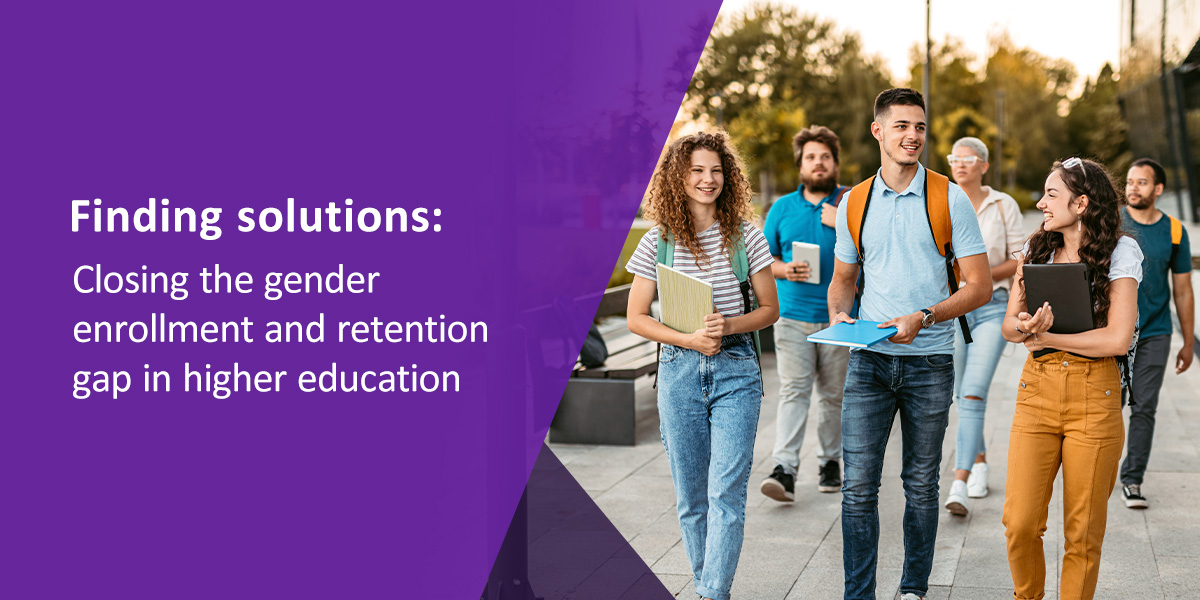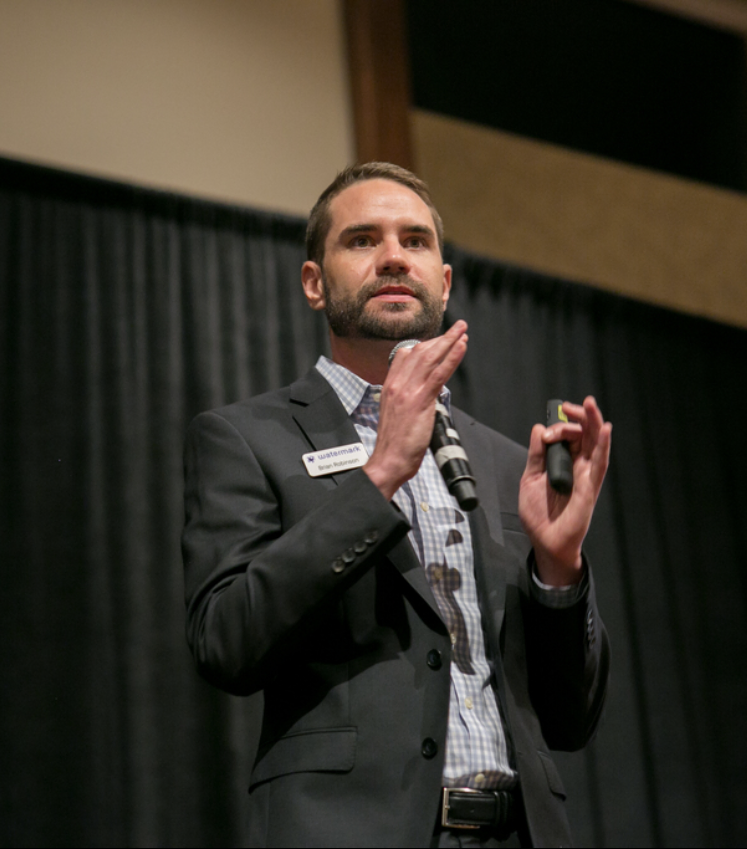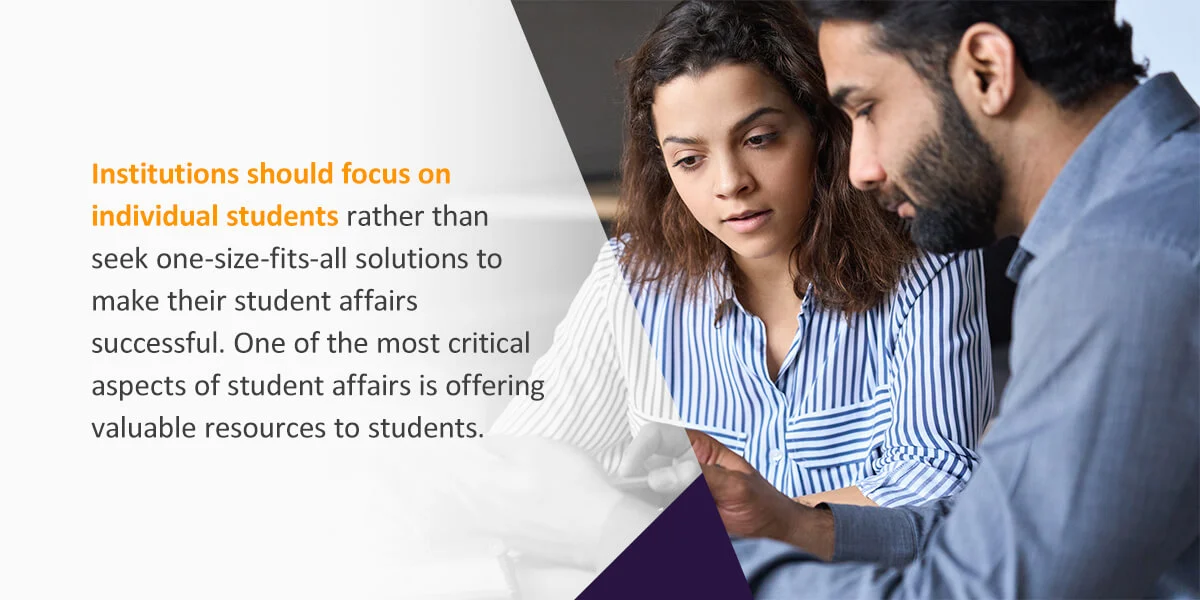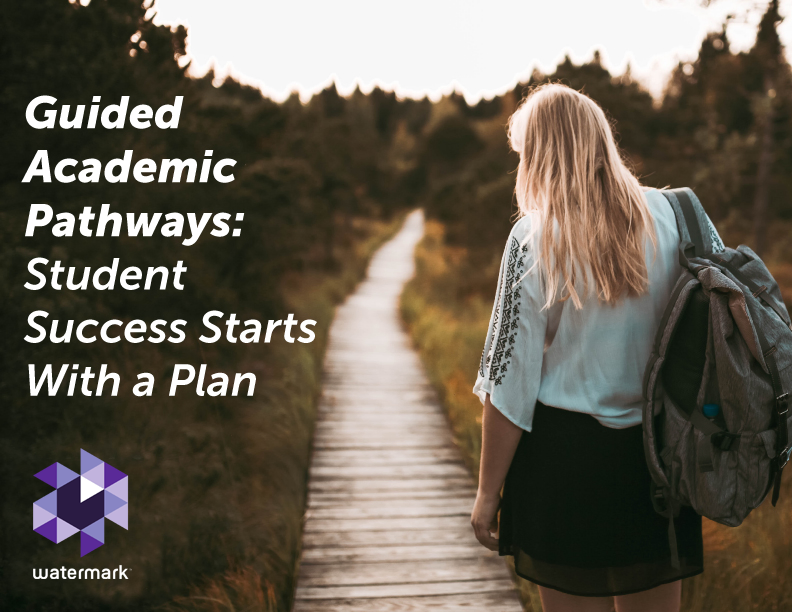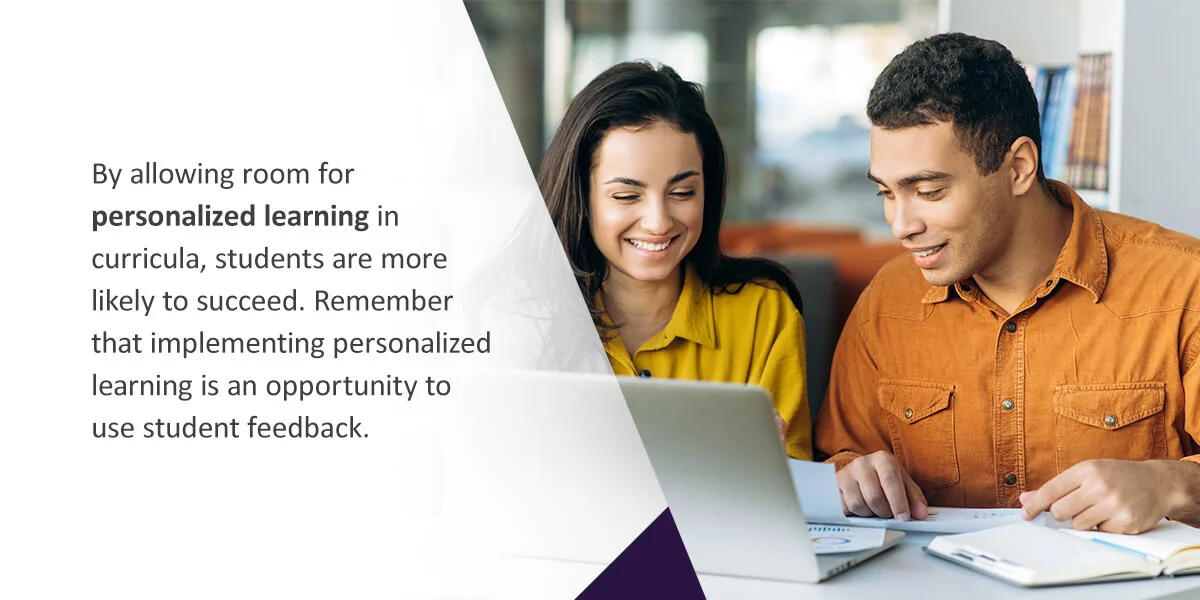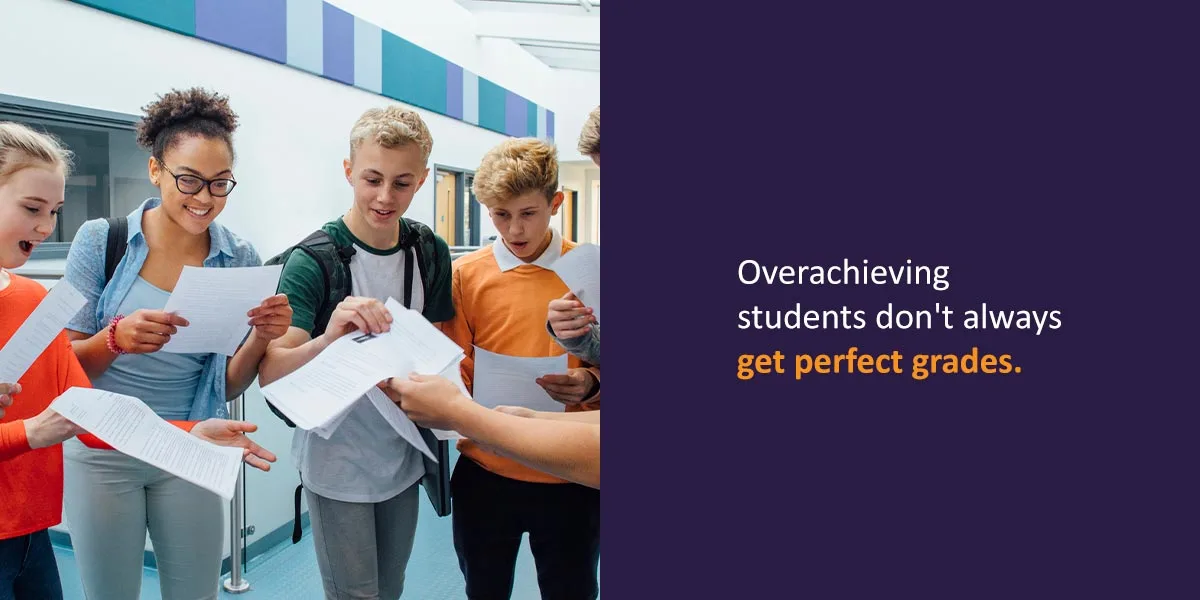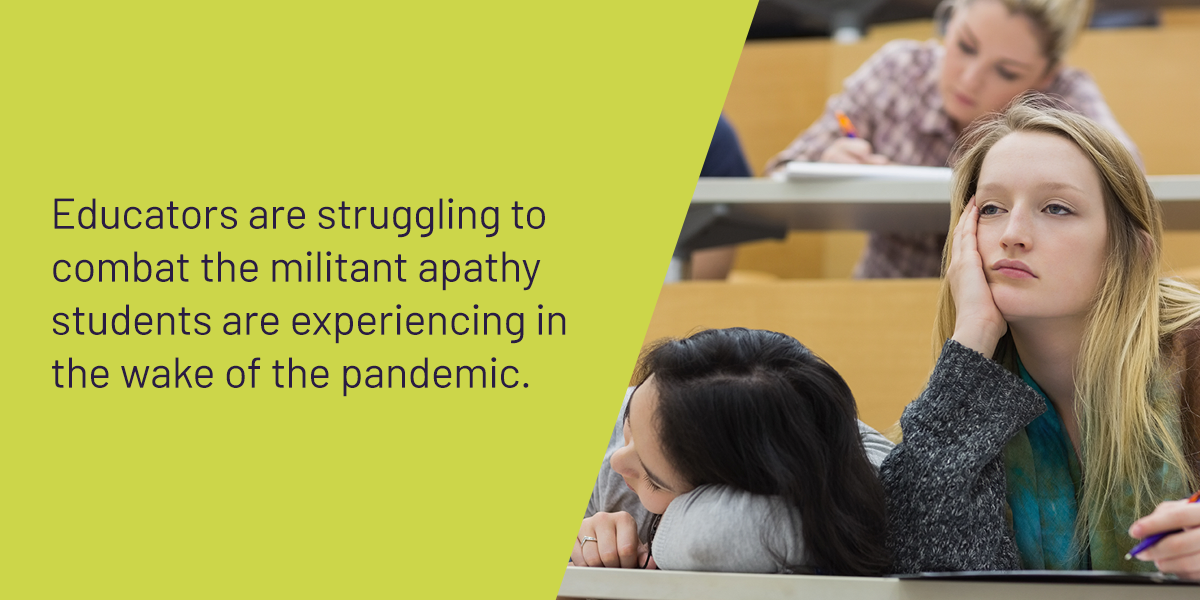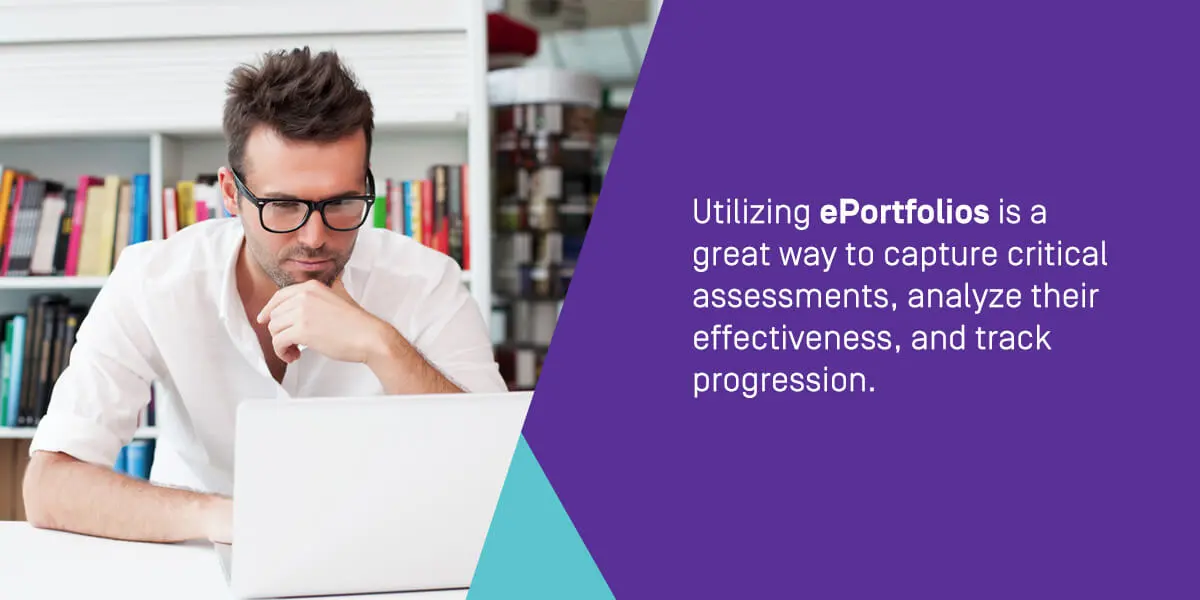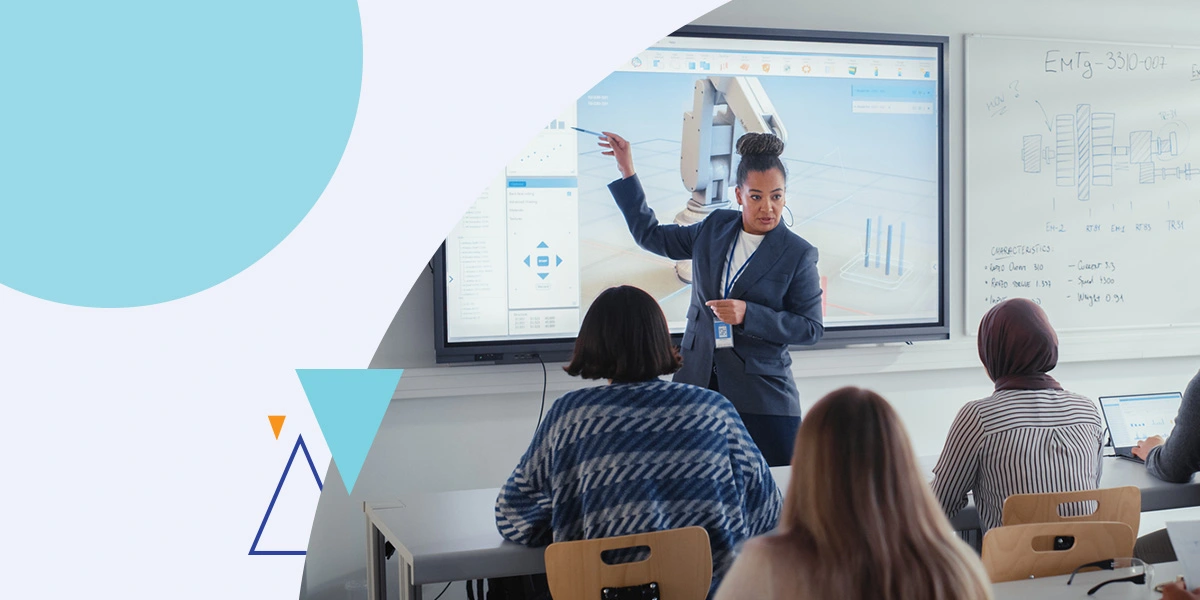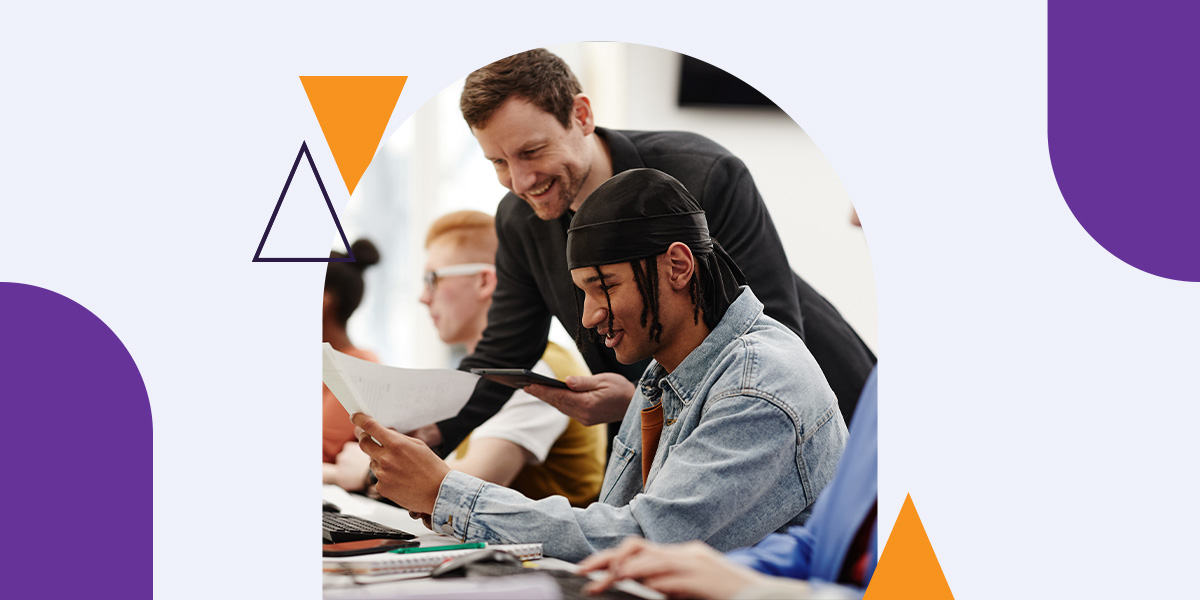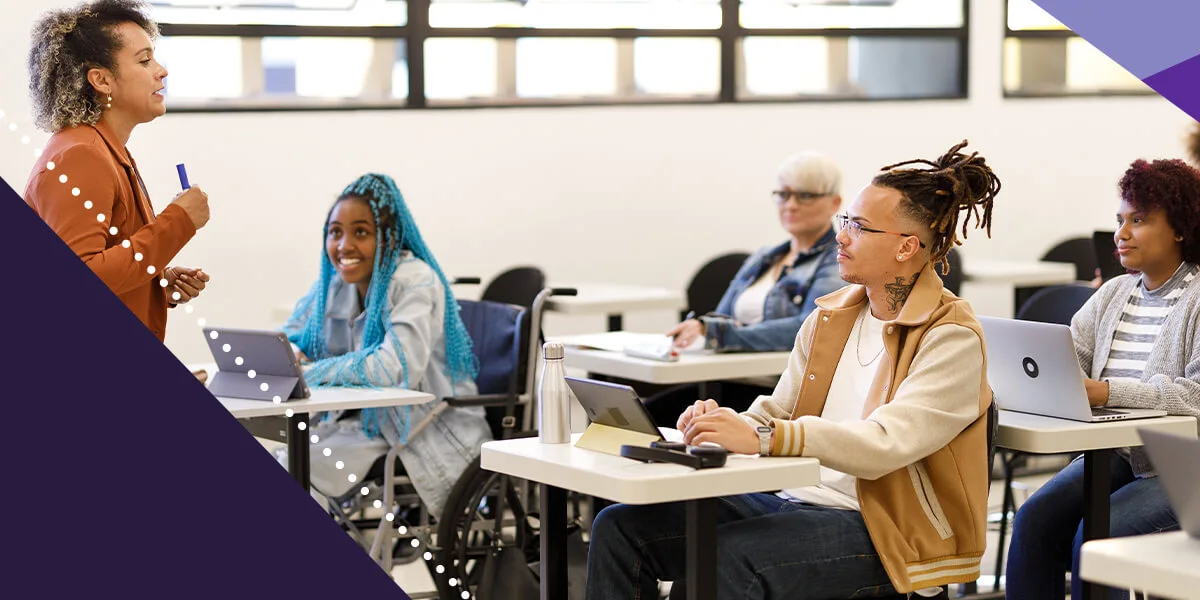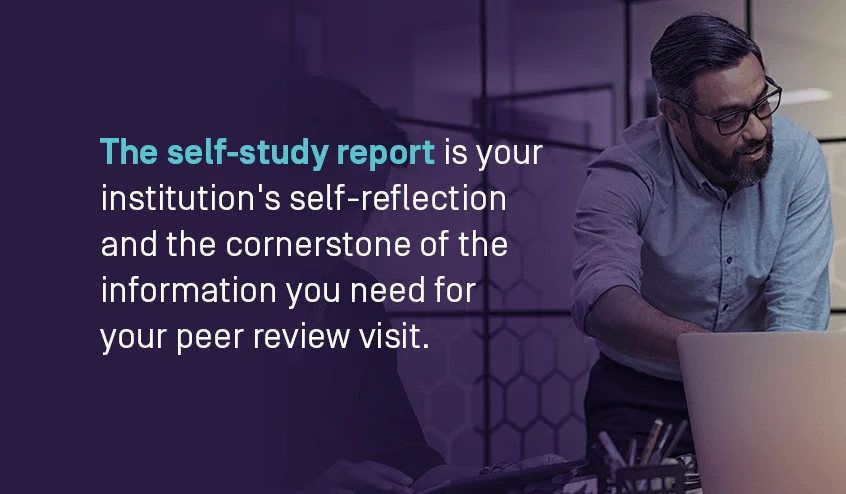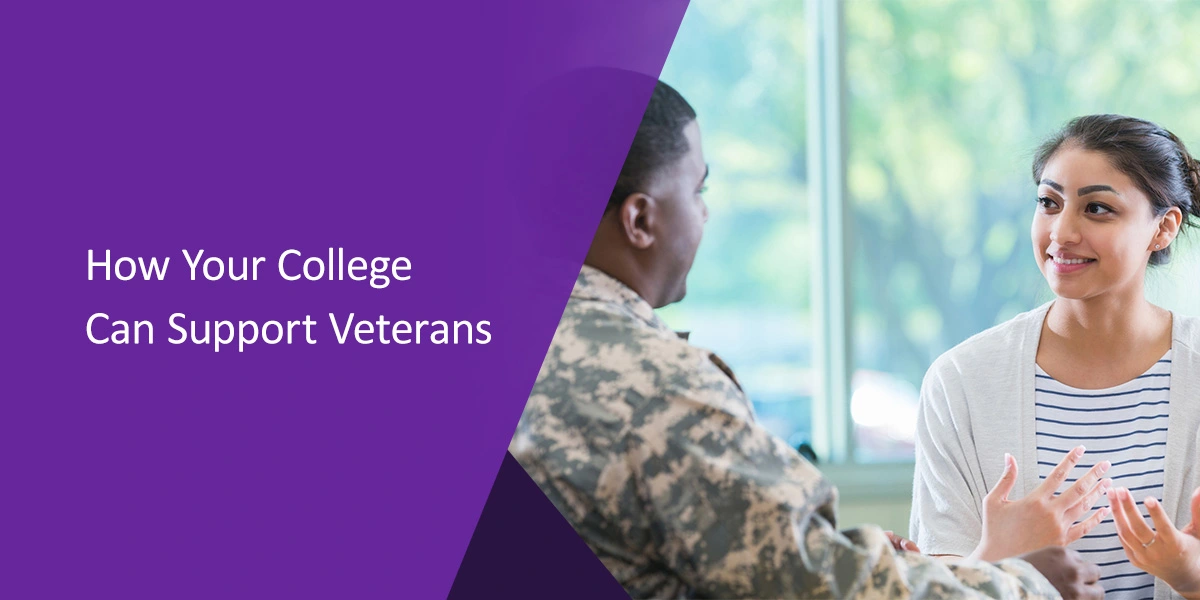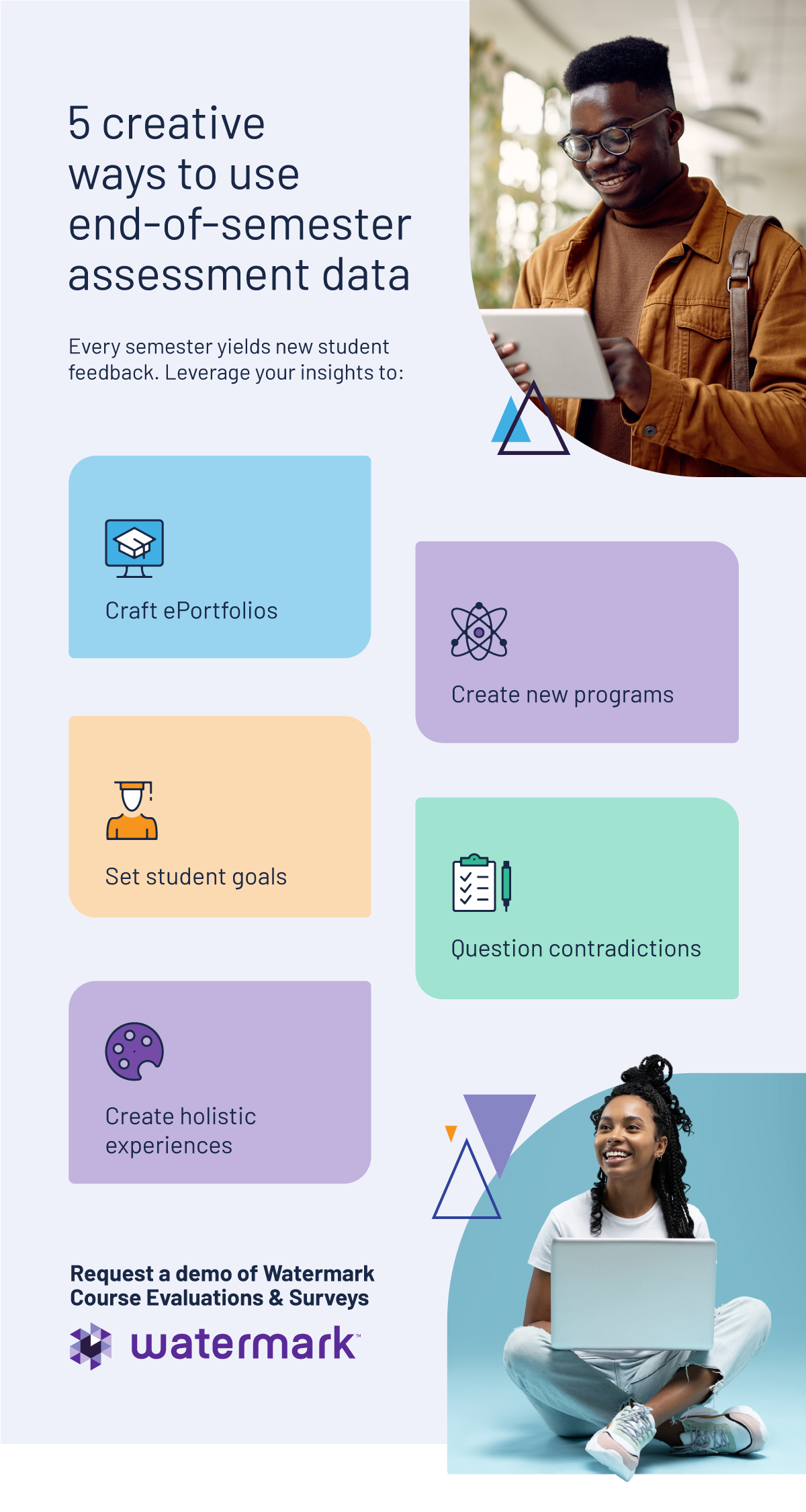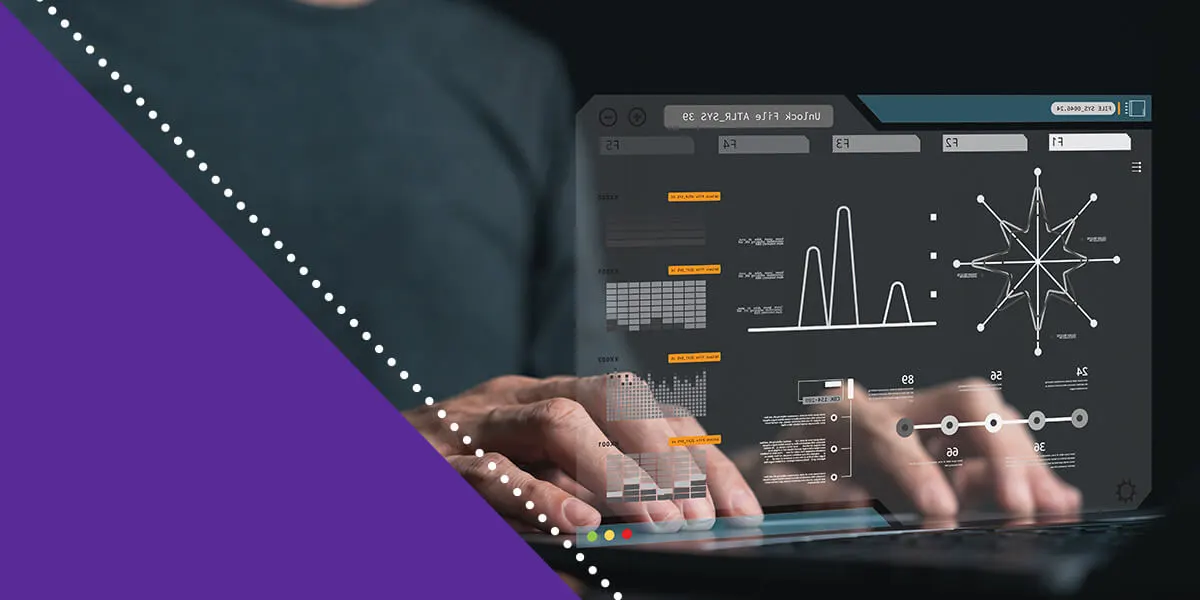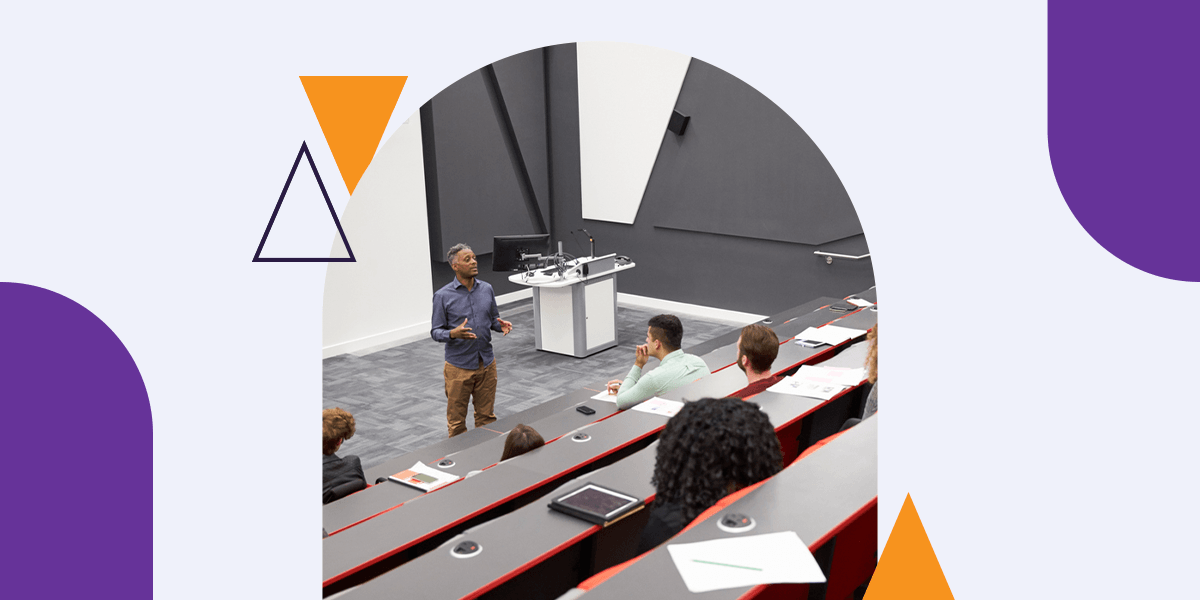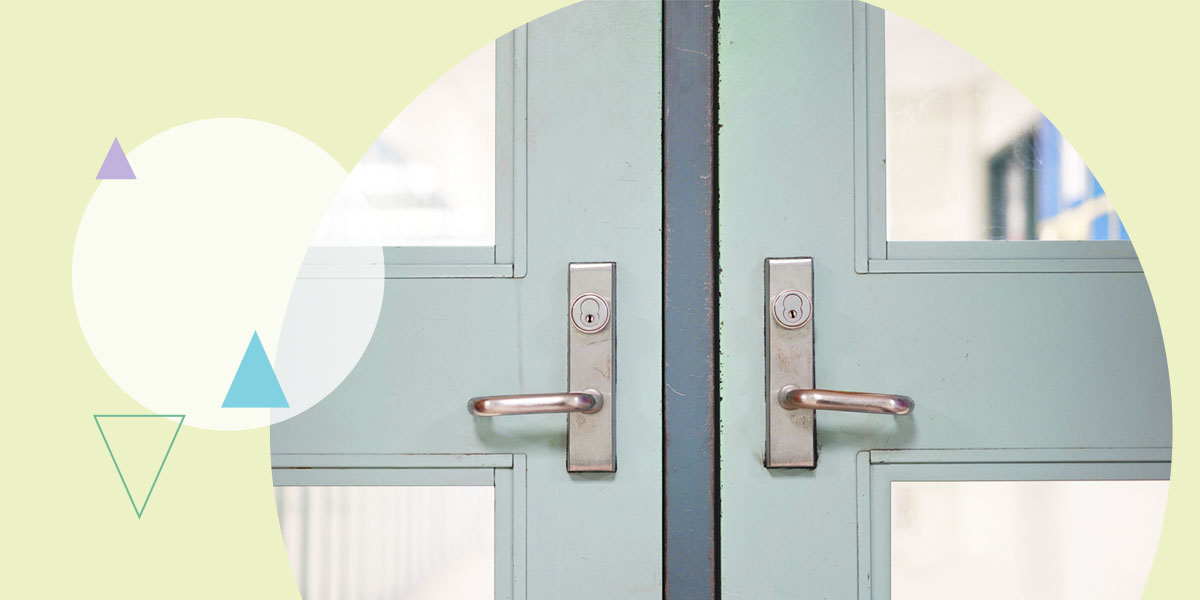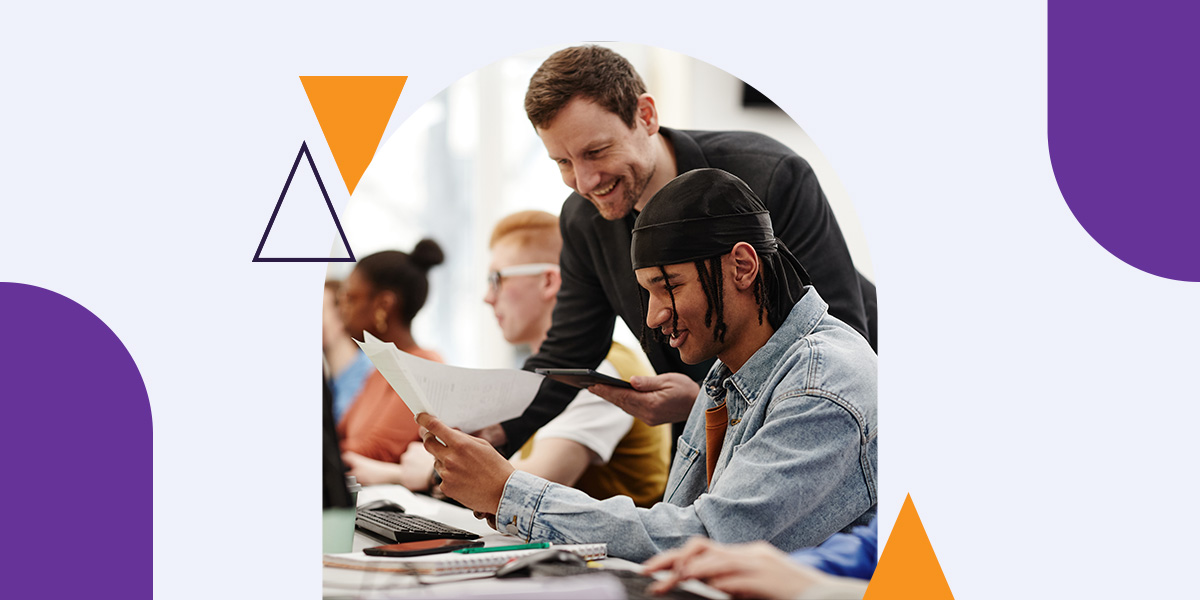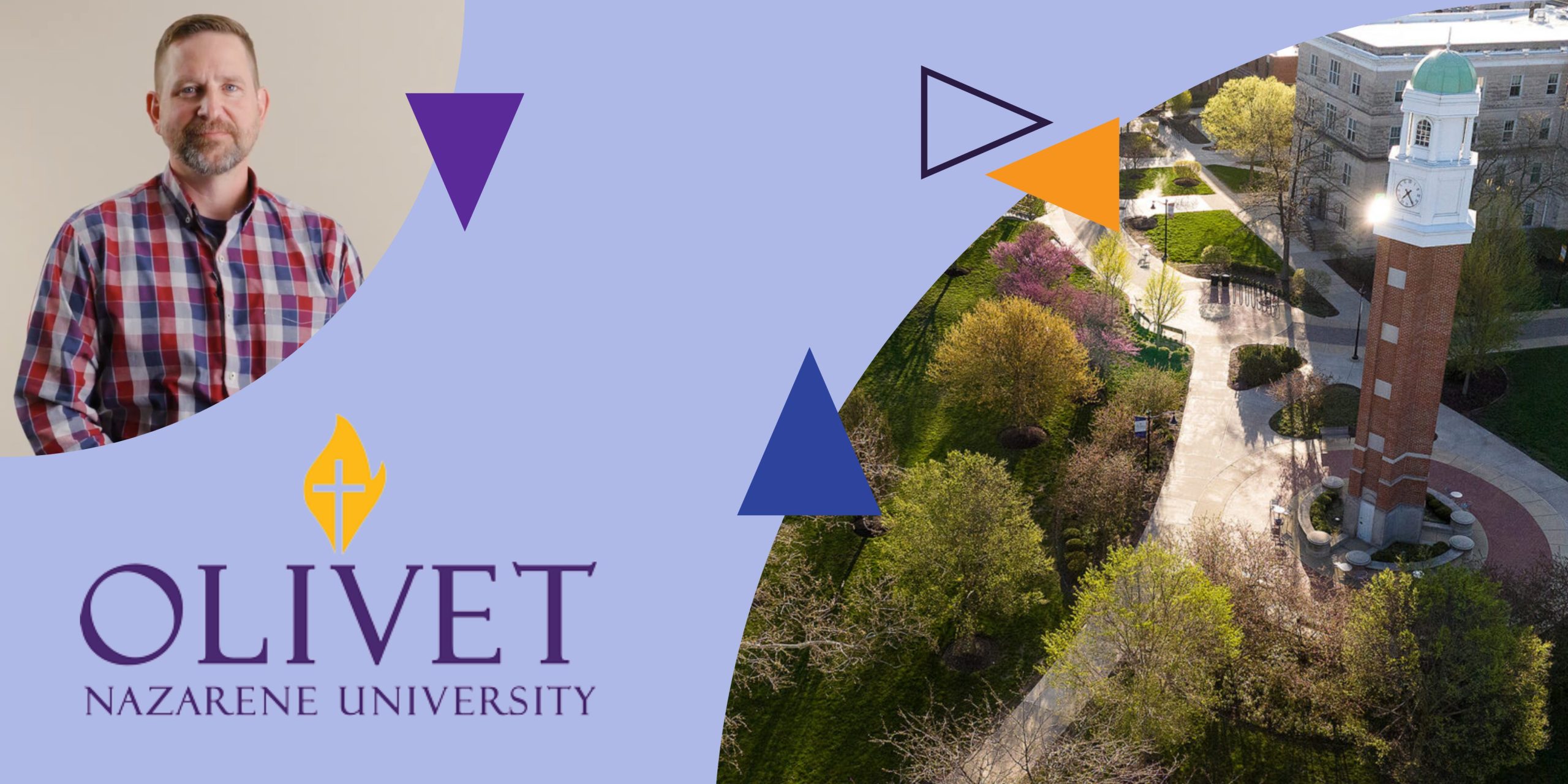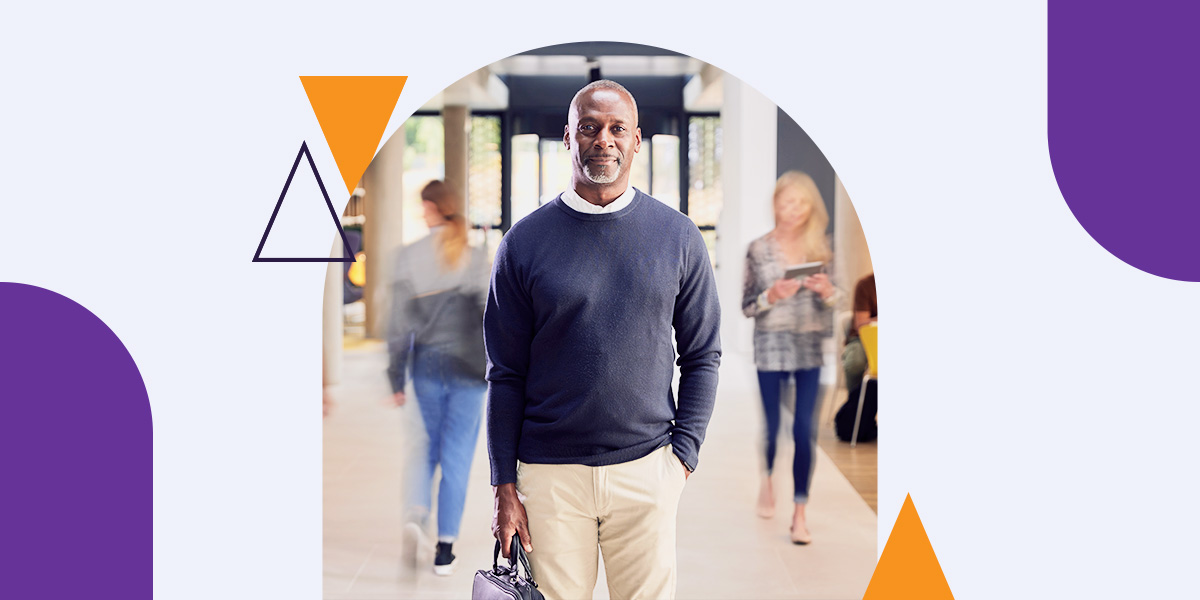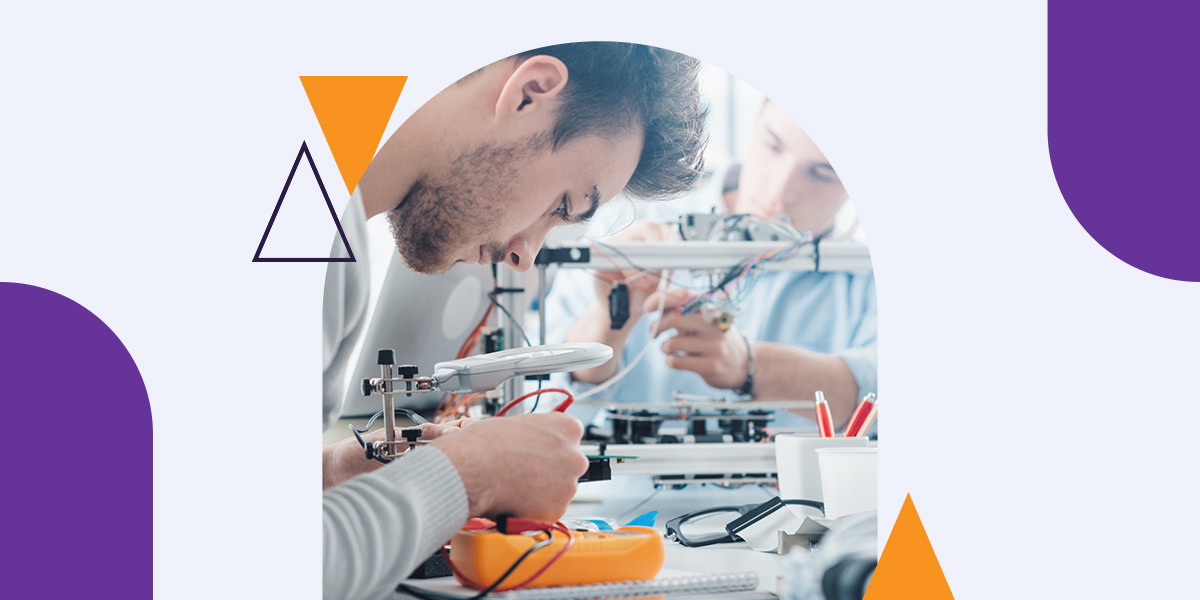
Our digital age opens new possibilities for enhancing learning outcomes, making information widely accessible, and crafting meaningful campus experiences. A hot topic in higher education revolves around synchronous and asynchronous learning. Both methods offer unique advantages for students, instructors, and institutions. However, these strategies are very different, and maximizing their impact involves leveraging the right implementation strategies and understanding how to measure their effectiveness.
The benefits of synchronous courses
Synchronous learning refers to traditional learning in training seminars and educational courses. This type of learning occurs in real time, with an educator facilitating discussion and encouraging participation. A synchronous course can take place on campus or online by using tools like video conference rooms, classroom links, and participation boards. These courses empower institutions, faculty, and students to experience benefits like:
- Educating at scale: Synchronous learning empowers educators to reach a large audience at one time. Whether these courses take place on campus or with virtual platforms, they enable wide-scale connectivity. Instructors can deliver educational materials through presentations, videos, live lectures, and similar methods to engage learners and encourage real-time discussions and questions. This method can be especially valuable for distance learners who cannot physically arrive on campus but want to experience the interactive nature of classroom learning.
- Enhancing interactivity: A significant benefit of synchronous learning is enhancing interactivity. Learning with peers in real time encourages students to engage with each other and course content in unique ways. Asking questions, debating one another, and sharing experiences allows learners and instructors to engage with unique perspectives and form long-lasting connections.
- Providing a consistent structure: The structure of a synchronous course can also benefit students and educators. These courses occur at a set time, on specific days, and with a regular frequency that creates a structured schedule. This frequency guides the learning experience, allowing students adequate time to develop new skills and retain information. Synchronous course structures can build accountability and help students stay on track. This method can also allow instructors to better identify when a student is falling behind and could benefit from outreach strategies to realign them with their studies.
- Improving learning experiences: Providing immediate access to course resources, instructor interactions, and educational content can enhance student learning experiences. This strategy empowers learners to seek clarification, request assistance, and engage in conversations at critical moments. Instructors are also able to use real-time information and feedback to adjust course content or schedules to strengthen student understanding.
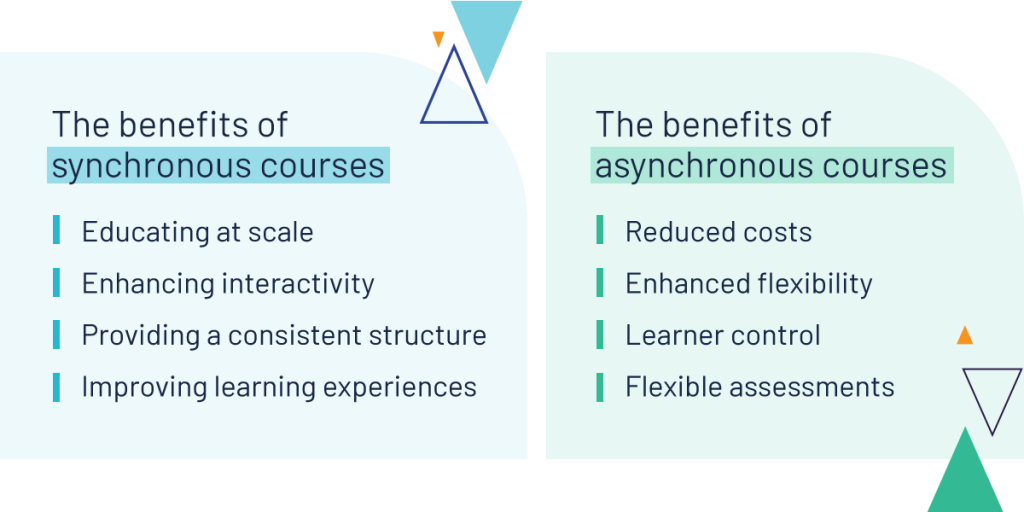
The benefits of asynchronous courses
Asynchronous learning refers to students engaging with content at their own pace, typically alone. This type of learning enables student and instructor interactions in different locations and at unique times. An asynchronous course offers many benefits, including:
- Reduced costs: Asynchronous courses offer remarkable cost-saving opportunities. This method does not require physical educational spaces, class size accommodations, or live instructors. Instructors can record videos and document course material for future class presentations, reducing their efforts and eliminating institutional costs associated with seat time, travel, and operating costs. Lower costs for your institution can benefit you in several ways, including allowing you to extend this benefit to students for lower educational expenses to increase higher education accessibility.
- Enhanced flexibility: Students and educators can benefit from the enhanced flexibility of asynchronous learning. While synchronous course structure can benefit some, others have less time to work with. For example, students with part-time or full-time jobs can benefit from asynchronous learning because they can engage with content and complete coursework when they have the time. Students no longer must choose between pursuing education and maintaining financial responsibilities, easing stress and making higher education more accessible.
- Learner control: Many people consider asynchronous learning to be a learner-centered method because it allows students to learn at their preferred pace and in whatever way is most beneficial to them. This strategy can also highlight the importance of life-long learning and show students that learning can happen in dynamic ways and does not only occur in a classroom, promoting personal and professional development.
- Flexible assessments: Asynchronous learning also promotes flexibility by creating opportunities for alternative assessment formats. One alternative assessment method that is gaining in popularity is the use of ePortfolios. These deliverables demonstrate student understanding through presentations, essays, videos, audio clips, and more. Students can also leverage ePortfolios after graduation to stand out against other job applicants, highlight professional growth, and link their work to social profiles for greater exposure.
Incorporating synchronous and asynchronous courses
Offering asynchronous and synchronous courses can bring immense benefits to your institution. Thankfully, you don’t have to choose one or the other to witness their potential. You can implement strategies to enhance flexibility, improve accountability, and encourage collaboration in physical or virtual settings. However, the key is to implement these strategies to bridge the two types together for meaningful learning experiences.
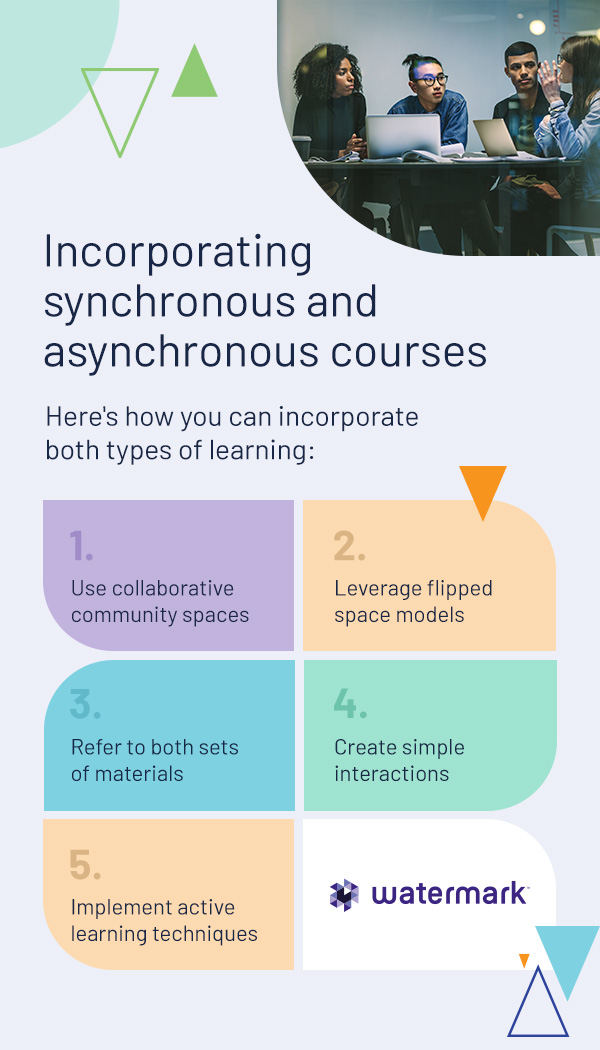
Here’s how you can incorporate both types of learning:
- Use collaborative community spaces: As your institution embraces more online platforms and learning spaces, it’s important to find new ways to encourage interaction among peers and between students and instructors. Creating a virtual community is a great way to blend asynchronous learning with the connectivity of synchronous courses. These communities allow students to ask questions, gain feedback, and find support to enhance connections and share experiences.
- Leverage flipped space models: The flipped classroom embraces the idea that students learn outside of the classroom and exhibit their knowledge and skills during class time. This method blends synchronous and asynchronous models by encouraging students to learn at their own pace while enhancing collaboration during meeting times. This strategy can be dually helpful for students who miss a class or cannot commit to meeting regularly.
- Refer to both sets of materials: When embracing these models, it’s important to refer to each during sessions involving the other. For instance, instructors can provide context for how to interact with materials and how the content relates to future course information during asynchronous periods. Alternatively, instructors should refer to the course materials during synchronous sessions.
- Create simple interactions: Simple interactions can go a long way toward boosting engagement. For example, taking polls with yes or no answers is a quick and easy way to gauge engagement during offline time or during live instruction.
- Implement active learning techniques: Active learning provides several avenues for students to process course content. Instructors can embrace active learning by assigning activities during asynchronous sessions and leveraging student responses to guide talking points or agendas during meeting times. This strategy encourages students to engage with materials through writing, thinking, problem-solving, and talking while prompting timely feedback processes.
How to measure success in synchronous courses
Regardless of whether you embrace synchronous and asynchronous spaces or leverage blended models, it’s important to measure their effectiveness. Measuring course success guides decision-making, aids in course improvement, and can impact your institutional goals. Here’s how you can measure success in synchronous spaces:
1. Track assignment and course completion
One of the most obvious ways to measure course success is by tracking assignment and course completion rates. These metrics indicate how many students begin a course but never reach critical benchmarks. While your ideal outcome will be a 100 percent completion rate, there are other key performance indicators (KPIs) to consider. For example, if a student with previously high engagement begins a consistent decline in performance, it may be a sign that a course is too difficult.
2. Assess assignment scores
One of the most common ways to measure synchronous course success is via assignment scores. Whether your instructors use physical classrooms or online platforms, assessing scores is a simple way to determine whether students are grasping course information and developing new skills. Tests, writing assignments, and other data points provide quantifiable information regarding learning progress.
Instructors can use individual assignments to provide holistic recommendations and use class averages to determine whether a course needs restructuring to enhance success. For example, instructors can direct a student falling behind to campus resources like writing centers or tutors. However, the same instructor can determine whether course content is too easy if nearly every quiz receives a perfect score.
3. Monitor interaction and engagement
When students are engaged in the course material, they’re more likely to interact with others, including peers and the instructor. Asking questions can depict engagement during lecture times, while monitoring discussions during activities or providing chat options for socialization can highlight student connectivity. Social media groups, discussion boards, and face-to-face conversations allow instructors to evaluate student interactions with others and the course content.
4. Ask for student feedback
Feedback is an exceptional way of evaluating course effectiveness and learning experiences. Your students have firsthand experience of course instruction, assignment completion, and campus culture. Asking for feedback empowers students to take accountability and drive change. End-of-course evaluations are a great way to determine whether it’s time to redesign a course or program for future classes.
Other feedback methods, like polls and surveys, throughout the course offer opportunities for your faculty to address student pain points at the moment they occur. Reviews and testimonials offer deep insights into student perceptions about an educator or course content, guiding decision-making for you and your instructors.
5. Conduct scenario-based learning
Scenario-based learning offers hands-on experiences in learning and developing new skills. This interactive method leverages situations and stories to guide learners and demonstrate concepts. Scenario-based learning brings course material off the page and allows students to apply their knowledge to the real world. Instructors can use this method to determine whether students are truly benefiting from instruction or if it would be helpful to revisit a section of material. This strategy can also promote collaboration among peers and asking questions to the instructor, creating an immersive environment that depicts student engagement.
How to measure success in asynchronous courses
Asynchronous courses move beyond traditional learning methods. As such, you can expect to leverage different strategies for measuring asynchronous course success. Whether you offer completely virtual experiences or blended class models, consider these tips for evaluating success:
1. Evaluate enrollment and completion rates
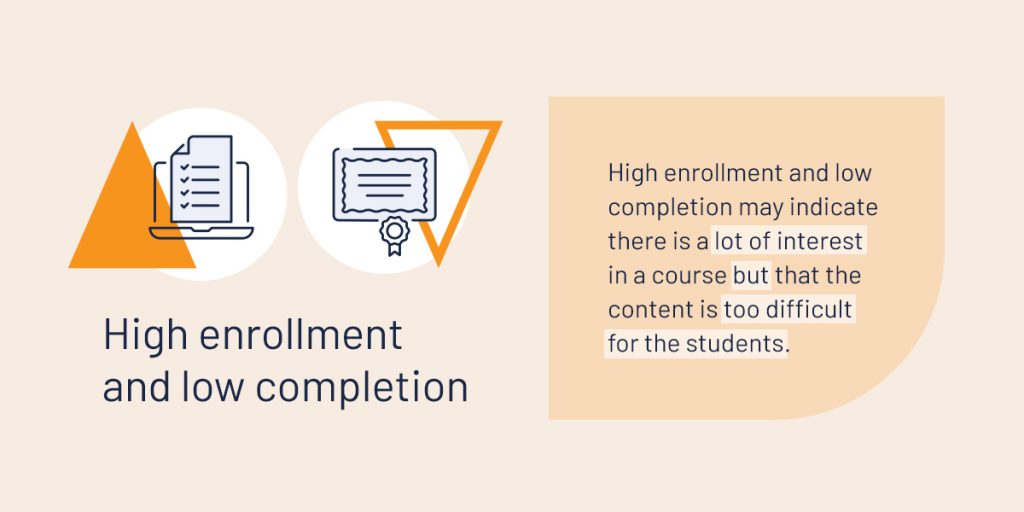
Enrollment and completion rates are two critical metrics. These numbers depict how many students began a course or program and the percentage of students who completed the required steps within a specific time frame. High enrollment and low completion may indicate there is a lot of interest in a course but that the content is too difficult for the students. Alternatively, a sudden large increase in completion rates could indicate that content is too easy, likely providing little long-term value to learners.
2. Monitor student satisfaction and engagement
Student satisfaction and engagement can depict whether students are having meaningful asynchronous learning experiences. You can gather satisfaction information through polls, surveys, informal conversations, and other feedback mechanisms. Create a consistent and open line of communication to prompt students to provide as much information as possible. Gather information about engagement by monitoring the use of discussion boards, emails sent to the instructor, and comments on course content.
3. Consider student retention and skills development
Monitoring improvement in student skill development and retention is an excellent way to measure course success. An easy way to gain these insights is by administering pre- and post-course assessments. For example, instructors can create an exam for students to take on the first day of the course. Using this same exam later in the course can depict whether students are gaining a deeper understanding of concepts.
4. Request student feedback
Feedback is important regardless of the course type. Similar to gathering feedback for synchronous spaces, asynchronous feedback can depict where to improve instruction methods, adjust timelines, and bridge gaps in understanding. Ask questions regarding resource accessibility, instructor availability, collaboration opportunities, and assignment and content difficulty to gather a complete picture of course success and student needs.
5. Determine student outcome alignment with materials
Another critical metric to evaluate is student outcome alignment with course materials. By considering information like drop-off points and time-to-proficiency, you can determine whether students are meeting course requirements or if you need to redesign a course or program. Drop-off points refer to the benchmarks when students stop engaging in content or drop out of class or program. Consistent drop-off points can indicate the need for a redesign.
Similarly, time-to-proficiency can indicate whether students are reaching benchmarks before or after you anticipate them to do so. If students are exceeding your expectations, a course may be too easy. However, if most students take much longer than you anticipate, the course may be too difficult.
Measure success in learning with Watermark
Whether you implement synchronous and asynchronous courses or blend these learning methods for unique student experiences, measuring their success will guide your decisions and ensure student outcomes align with your institutional objectives.
At Watermark, we maximize your impact on student retention and success. We provide higher education software to drive decision-making, simplify processes, and enhance student success. Watermark’s Educational Impact Suite (EIS) leverages tailor-made tools within an integrated hub to provide big-picture insights. Connect with us to learn more about our solutions and how we can help you boost student and institutional success.
